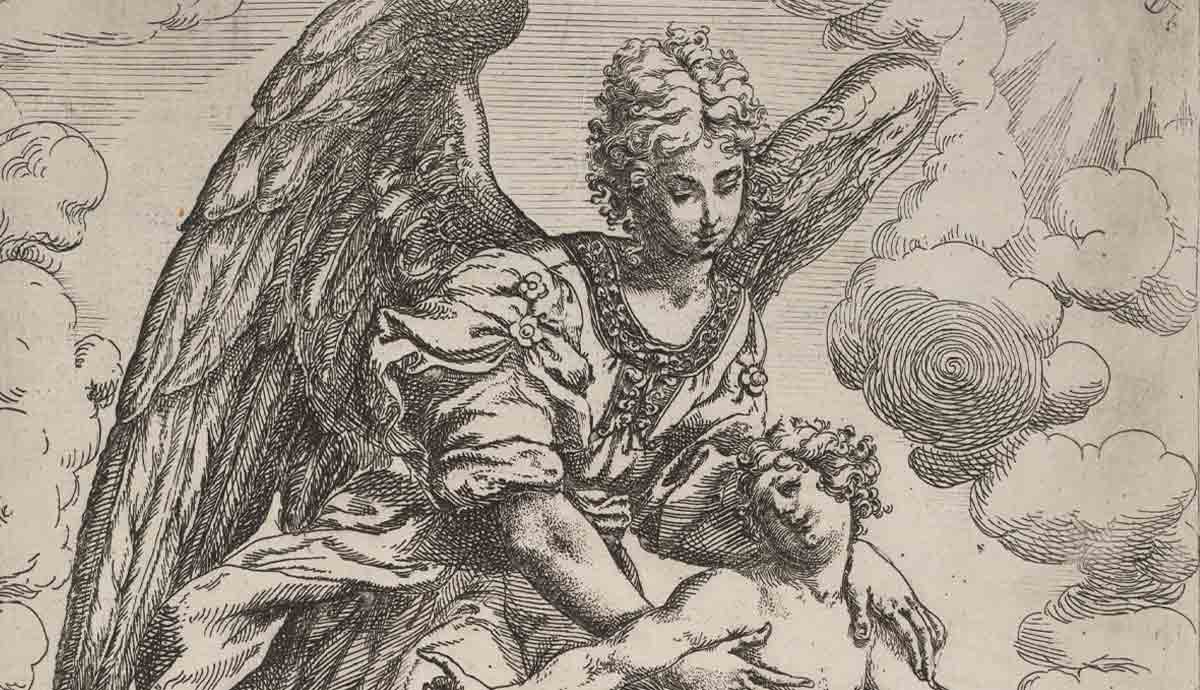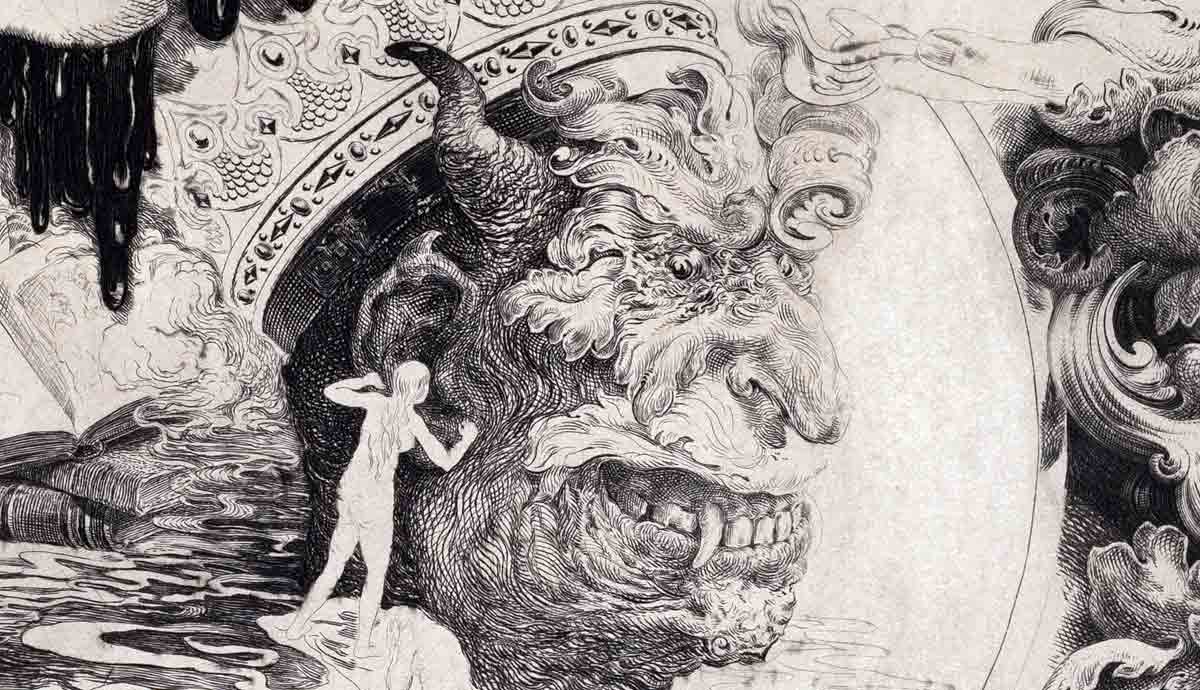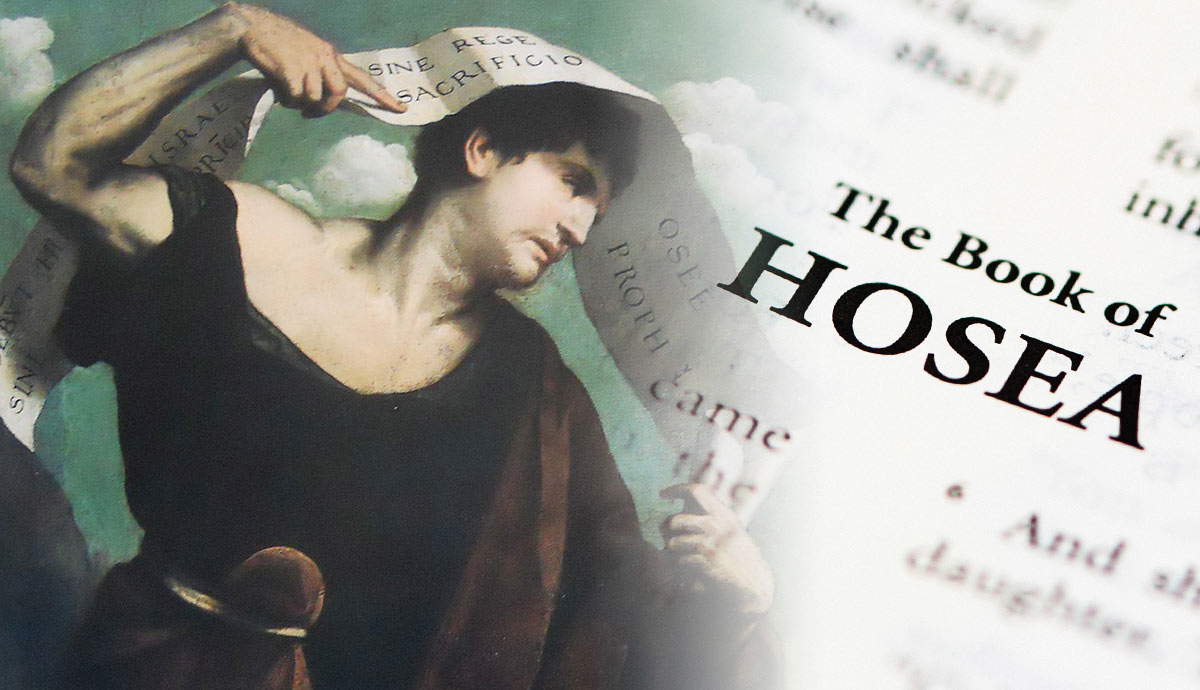
summary
- Angels in the Bible often bring destruction and fear, not comfort or protection.
- Demons cause illness and torment but never fully control human behavior.
- Spiritual beings represent entire nations, influencing both divine and earthly conflicts.
- Apocalyptic creatures may look demonic but often act on God’s behalf, challenging clear moral categories.
- The Bible leaves angels and demons undefined, presenting a mysterious and complex spiritual realm.
In modern pop culture, angels are often portrayed as gentle protectors, while demons are frequently depicted as malevolent tempters. However, in the Bible, the distinction between these spiritual beings is more complex. Angels deliver divine messages but also bring destruction. Demons torment, but not always in the way we might expect. This article examines the interactions between angels and humans in the Bible, revealing a more complex spiritual narrative than popular culture often suggests.
Angels as Divine Messengers, and Destroyers

The Hebrew and Greek words for “angel” simply mean “messenger.” In Scripture, angels act on God’s behalf to deliver messages, but their roles often go far beyond that. Many biblical encounters with angels begin with the phrase, “Do not be afraid”—a warning that something powerful is unfolding.
In the Hebrew Bible, angels frequently appear as agents of divine judgment. In 2 Samuel 24, an angel brings a plague that kills 70,000 Israelites. In Exodus, an angel guards the path to the Promised Land but is ready to strike if provoked. Far from soft and serene, angels are awe-inspiring and sometimes terrifying instruments of God’s will.
Nations and Their Heavenly Representatives

In the book of Daniel, we glimpse a celestial hierarchy aligned with earthly nations. Daniel refers to the “Prince of Persia” and the “Prince of Greece” as spiritual entities that clash with Michael, the archangel representing Israel. These heavenly conflicts mirror political struggles on Earth.
The concept that national deities or patron spirits exist is hinted at in several passages of the Old Testament. Yet the Bible also denounces pagan gods as powerless idols made of stone or wood. These two threads coexist in tension, showing a spiritual dimension to international affairs, especially in apocalyptic and prophetic contexts.
Demons and Human Suffering in the New Testament

In the New Testament, demons frequently torment people physically, emotionally, and spiritually. Jesus and his disciples heal individuals afflicted by evil spirits, often restoring their ability to speak, see, or think clearly. Some conditions that would now be diagnosed as mental illness are framed as demonic oppression.
Surprisingly, not all healing was attributed solely to God. In some cases, Jesus’ miracles caused suspicion: religious authorities accused him of healing through demonic power. While the Gospels strongly refute this claim, it reflects a worldview in which spiritual power, whether good or evil, can affect human well-being.
Notably, angels are never portrayed as healers. This distinction underscores that demons and angels operate differently, even within a spiritual realm marked by conflict.
Do Demons Possess People in the Bible?

The Bible never states that demons “possess” people in the way horror films depict. Instead, it describes individuals as being “demonized” or “having” a spirit. These beings can inflict great suffering, but they do not control people entirely or turn them into violent puppets.
Demonized individuals in the New Testament are not portrayed as harming others. Instead, demons affect their own victims or tempt people toward evil choices. Human responsibility remains central, and evil actions cannot be excused as mere demonic interference. This nuance challenges common cultural narratives that exaggerate demonic influence.
Not All Spiritual Beings Fit Neatly into Categories

Some biblical beings defy simple classification. The Book of Revelation introduces fantastical, often monstrous creatures that may appear demonic but act on God’s behalf. Apocalyptic literature blends symbolic and literal elements, creating rich, mysterious visions rather than concrete spiritual taxonomies.
Readers debate how literally these visions should be taken. Some interpret Revelation’s battles and beasts as descriptions of cosmic spiritual warfare. Others view them as coded reflections on political turmoil, especially Roman persecution. Most scholars suggest a mix of both perspectives, emphasizing that appearances can deceive even in the spiritual realm.
Invisible Forces in the Background of Scripture

Outside of apocalyptic texts, the New Testament still assumes the existence of spiritual forces. References to “powers,” “principalities,” and “the ruler of this world” reflect an unseen but influential reality. These forces act behind the scenes—tempting, accusing, or obstructing human flourishing.
Yet the New Testament offers few details. There’s no formal angelology or demonology. Instead, believers are encouraged to resist evil through moral action and faith. The emphasis lies not on identifying these beings, but on living in alignment with divine will despite their influence.










